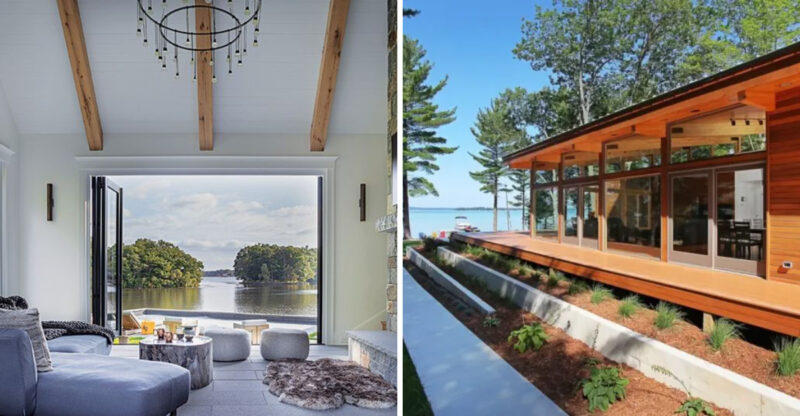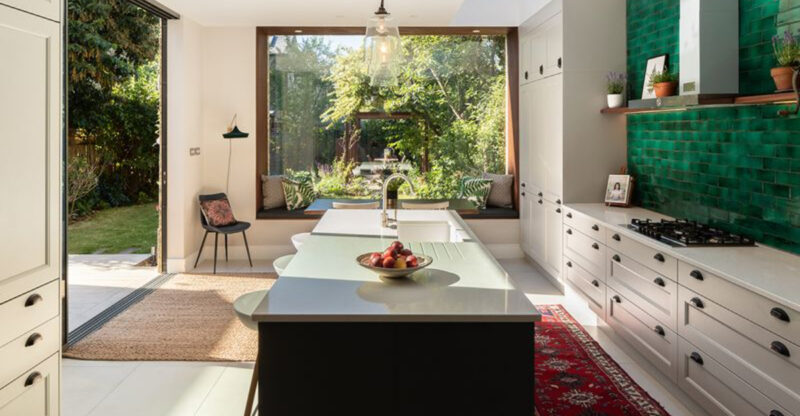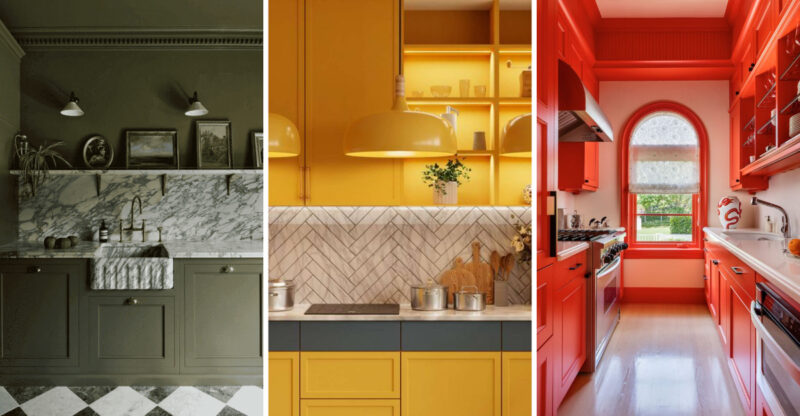15 Home Decor Items Designers Say They Wish They Hadn’t Bought In 2025
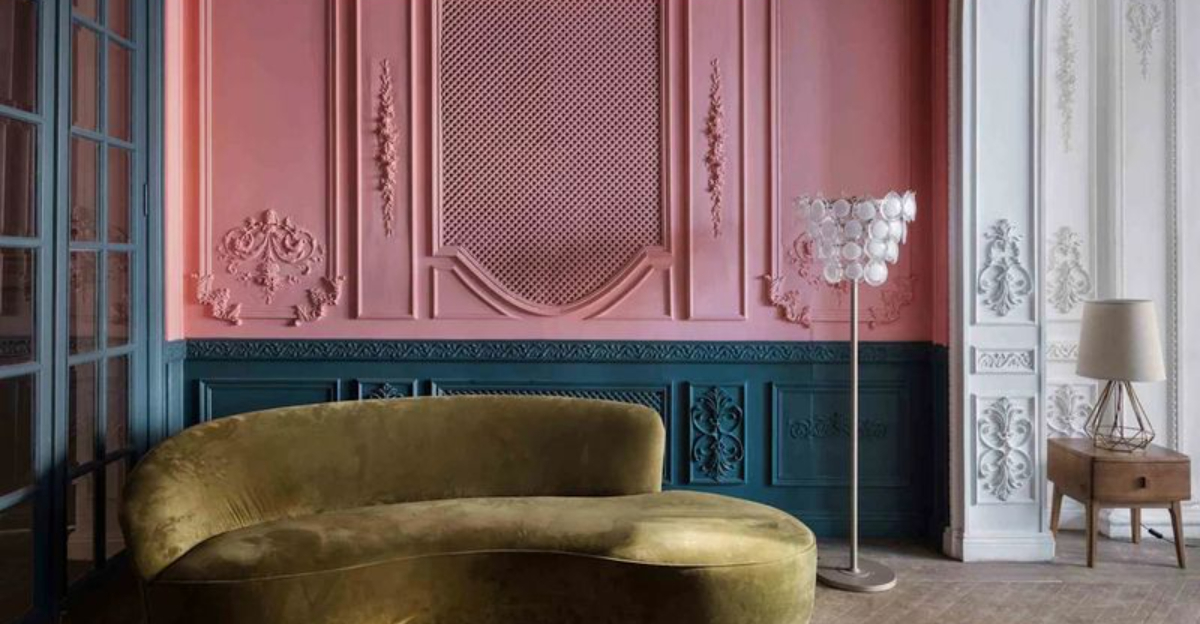
Ever wondered what home design professionals secretly regret adding to their own spaces?
As 2025’s design trends evolve at lightning speed, even the experts sometimes fall for fleeting fads. I’ve talked with top interior designers who’ve opened up about their purchasing missteps this year.
Their candid confessions might save you from making similar costly mistakes in your home decorating journey.
1. Overly Themed Wall Art
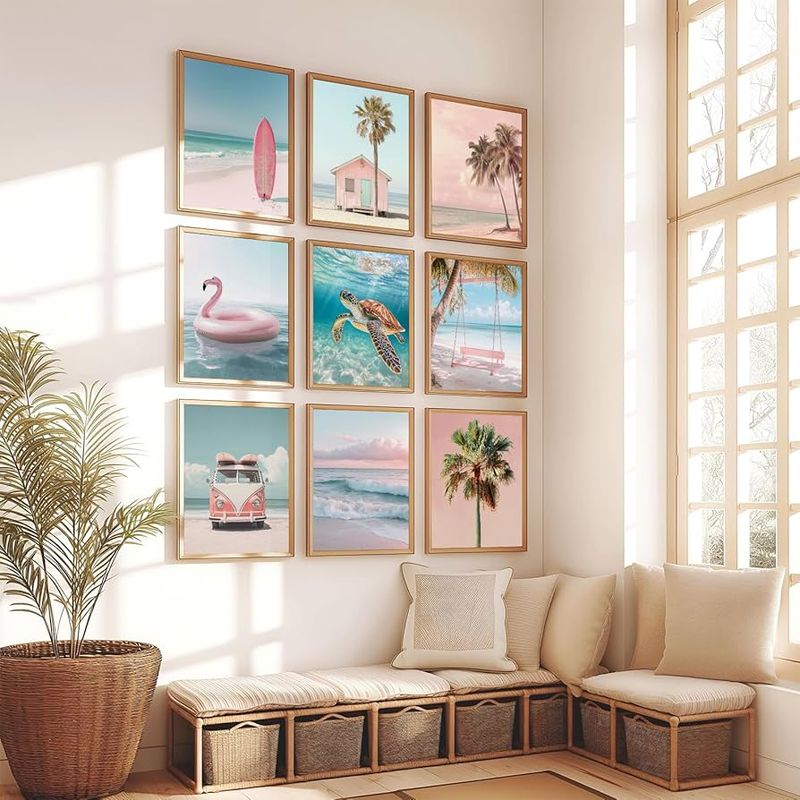
Designers are kicking themselves for investing in those ultra-specific themed art collections that seemed so clever in January. The beach-house-everywhere aesthetic or the overdone botanical prints quickly transformed from conversation starters to visual noise.
Many professionals admitted hanging these pieces felt right during winter’s cabin fever, but by summer, the charm had completely vanished. The problem isn’t themed art itself it’s the all-or-nothing approach.
Instead of creating immersive themed walls, designers now recommend selecting one standout piece that genuinely resonates with you. This approach ensures longevity and prevents your walls from becoming a dated time capsule of passing trends.
2. Faux Marble Furniture
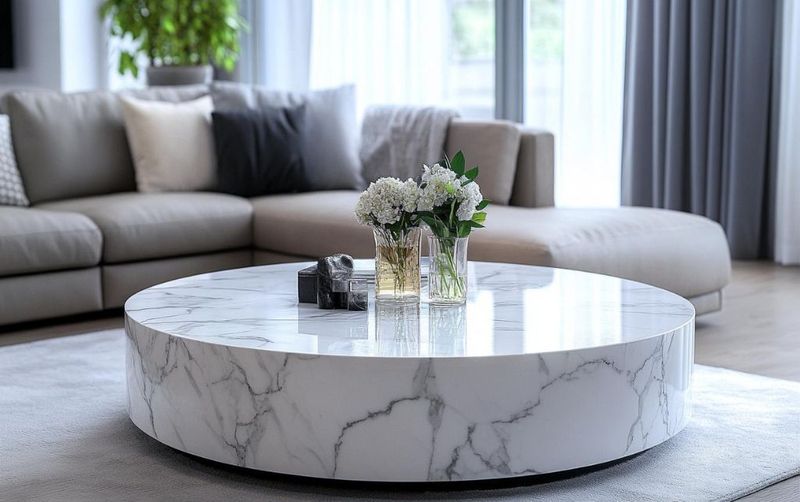
What seemed like a budget-friendly compromise has become the biggest regret for many designers. Those faux marble coffee tables and side tables initially photographed beautifully for social media, but reality hit hard when clients started seeing them in person.
The synthetic patterns repeat too obviously, and the surfaces scratch with minimal contact. Worse yet, most pieces have developed an unmistakable yellow tinge after just months of normal use.
If genuine marble exceeds your budget, designers now suggest embracing honest materials instead real wood, concrete, or even metal offer authentic character that ages gracefully rather than deteriorating into an obvious imitation that fools absolutely no one.
3. Oversized Sectionals
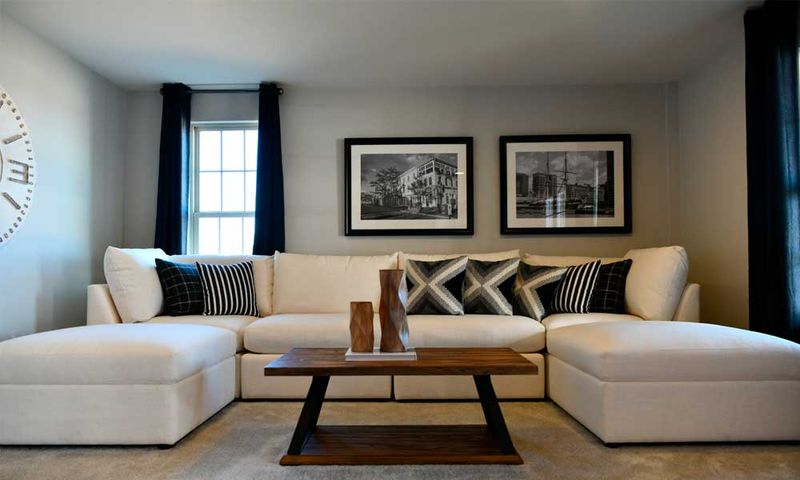
Massive, room-dominating sectionals topped many designers’ regret lists this year. Though the promise of maximum lounging space initially seemed worth the investment, these behemoths quickly revealed their drawbacks in real-world use.
Traffic flow becomes nearly impossible in average-sized rooms, and the visual weight crushes any sense of balance or proportion. Several designers mentioned clients who couldn’t even get these giants through doorways or up staircases during delivery.
Modular furniture has emerged as the smarter alternative offering flexibility to reconfigure based on needs while maintaining proper scale. The lesson? Measure your space carefully and consider how furniture impacts movement throughout the room before committing to that cloud-like monstrosity.
4. Neon Accent Lighting
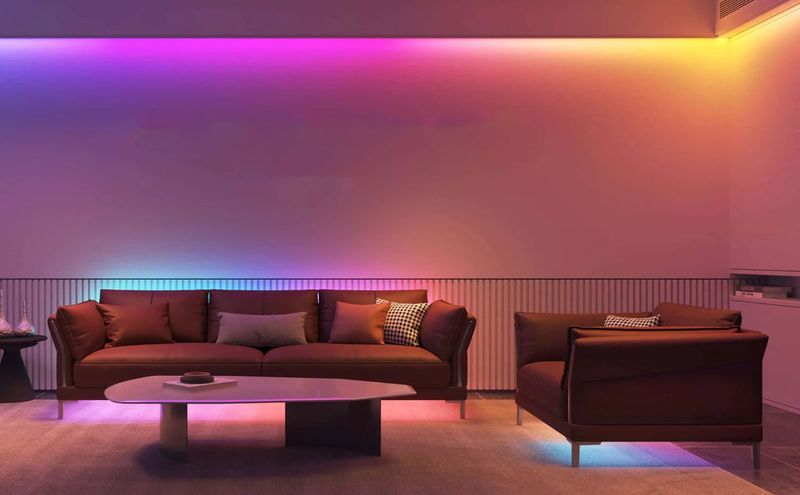
Those vibrant LED strip lights and custom neon signs that dominated social media feeds early in the year have quickly fallen from grace. Designers report clients experiencing actual headaches from the harsh glow and finding the novelty wears thin after just weeks.
Many professionals admitted installing these elements in their own spaces only to disconnect them permanently by spring. The lights proved particularly problematic in bedrooms and living areas where relaxation should be prioritized.
For those still craving atmospheric lighting, designers now recommend warm-toned, dimmable fixtures that enhance ambiance without creating the feeling of living inside a nightclub. Subtle lighting that complements your space rather than competing for attention has proven far more sustainable.
5. Fast-Fashion Throw Pillows
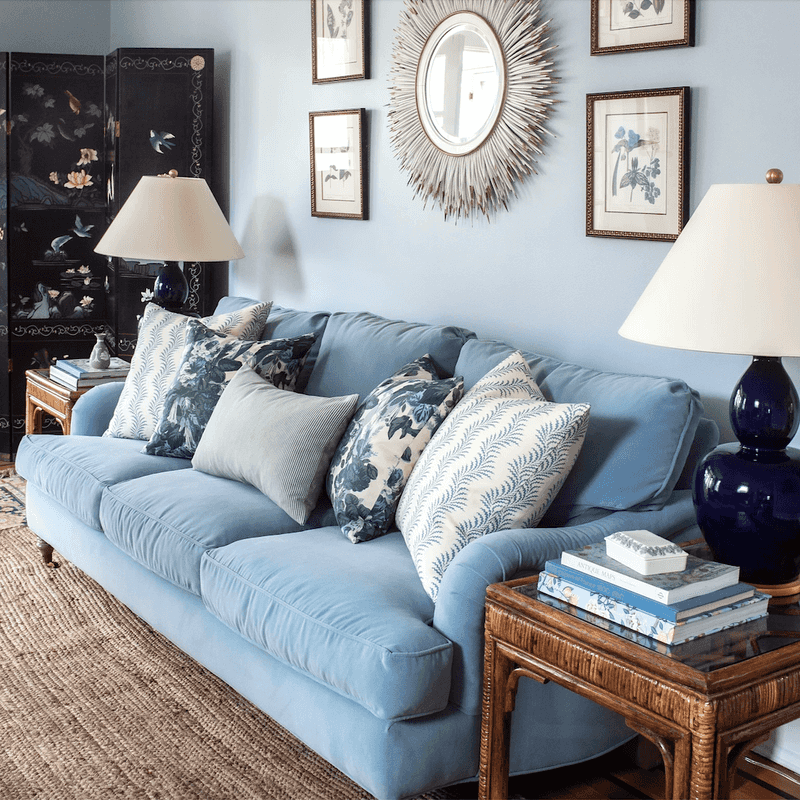
Impulse-purchased accent pillows have become the biggest small-ticket regrets among design professionals. Those trendy geometric patterns and ultra-specific seasonal motifs seemed like easy updates but quickly accumulated into costly mistakes.
Storage becomes a genuine problem when rotating these accessories seasonally. Designers report clients with entire closets dedicated to outdated pillows they can’t bear to discard after spending so much collectively.
The sustainable solution? Investing in high-quality pillow covers with timeless patterns that can be washed and maintained for years. Several designers mentioned switching to a capsule approach owning fewer, better pieces that can be mixed and matched rather than completely replaced when trends inevitably shift.
6. Glass Coffee Tables with Sharp Edges

Sleek glass tables with razor-sharp corners have become the most regretted functional pieces among designers with families. What looked sophisticated in showrooms quickly became household hazards, with several professionals sharing horror stories about injuries.
Beyond safety concerns, these tables proved impractical for everyday life. Fingerprints, dust, and water spots remain constantly visible despite obsessive cleaning. Many designers mentioned clients requesting replacements within months of installation.
The current direction favors rounded edges and mixed materials that offer both style and practicality. Wood with gentle curves or tables incorporating softer elements like upholstered ottomans have emerged as the preferred alternatives that don’t require constant maintenance or cause emergency room visits.
7. Statement Wallpaper in Every Room
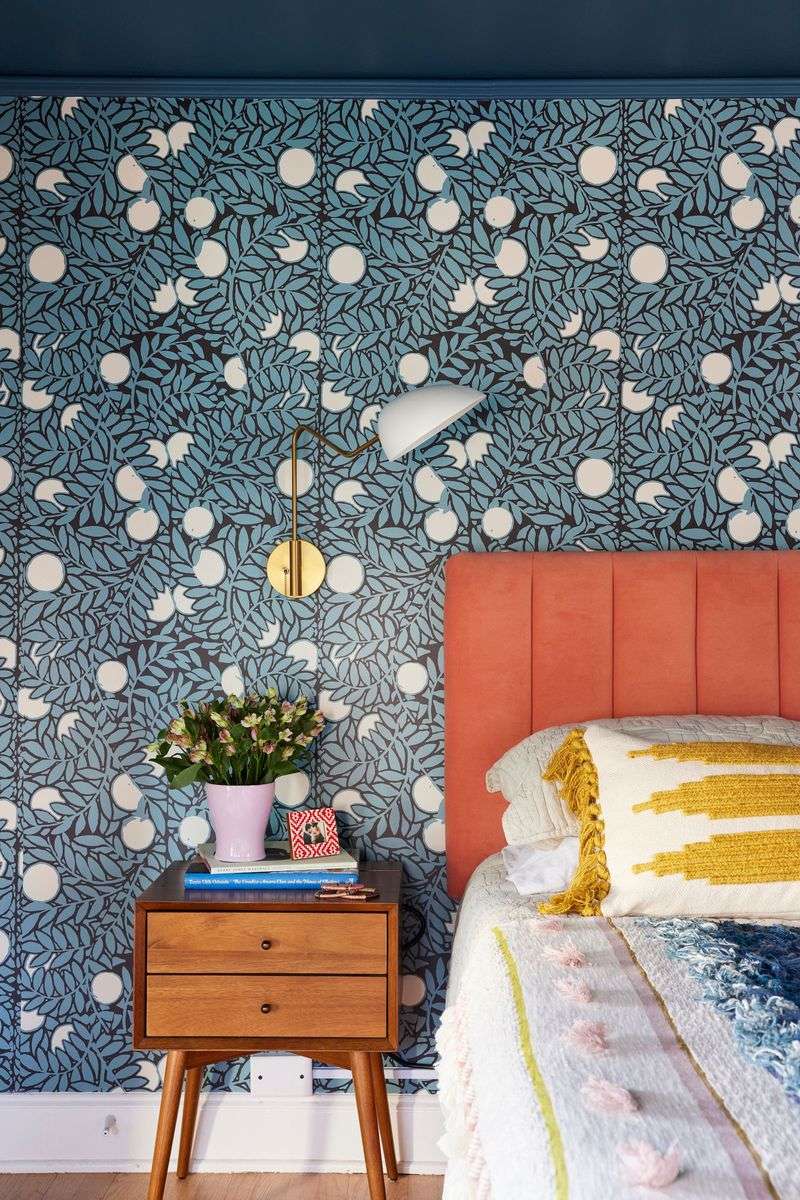
Going all-in on bold wallpaper throughout entire homes has left many designers with expensive removal projects. While dramatic patterns created initial wow-factor, living with them day after day proved overwhelming for clients and professionals alike.
The visual fatigue sets in surprisingly quickly, especially with high-contrast or busy designs. Several designers admitted feeling trapped by their own installations, describing the psychological effect as “living inside a pattern” rather than a comfortable home.
Current wisdom suggests limiting statement wallpaper to smaller spaces like powder rooms or as single accent walls in larger areas. This approach delivers impact without visual exhaustion and allows for easier changes when you inevitably want something different which happens faster than anyone anticipates.
8. Cheap Velvet Upholstery
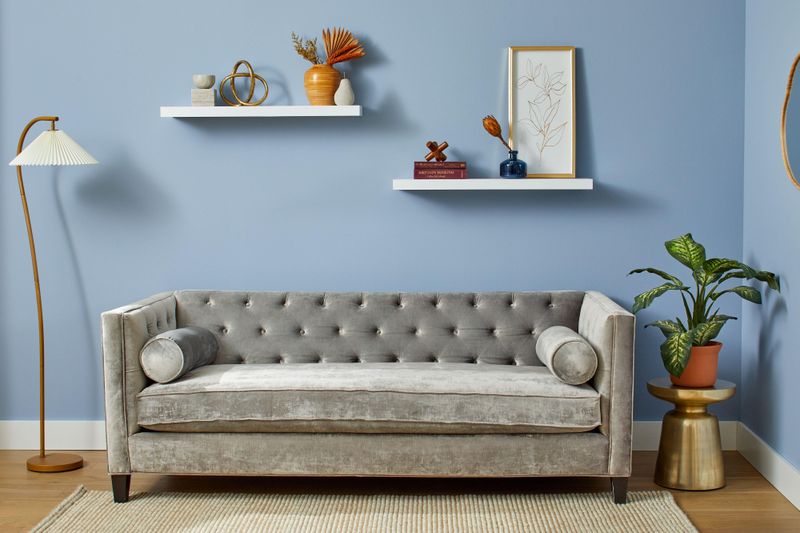
Budget velvet furniture has topped the list of material regrets this year. Those affordable velvet sofas and chairs that looked luxurious in online photos quickly revealed their true nature after minimal use.
Designers report crushing disappointment as these pieces developed permanent compression marks, uneven fading, and impossible-to-remove stains within months. The fabric’s tendency to trap dust and pet hair created maintenance nightmares for clients regardless of lifestyle.
Quality alternatives like performance fabrics have proven worth the investment, offering similar visual richness with practical durability. If genuine velvet remains your dream, designers suggest starting with smaller accent pieces rather than committing your main seating to a material that demands such meticulous care and still disappoints.
9. “Live, Laugh, Love” Signs
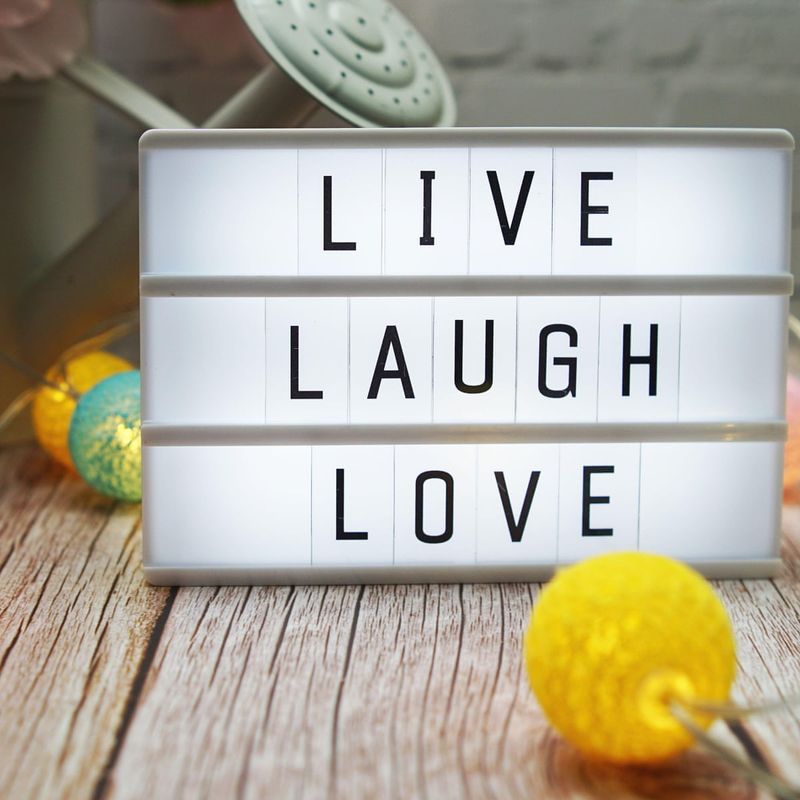
Generic typography art featuring overused phrases has become the most cringe-inducing purchase among design professionals. These mass-produced sentiments whether “Live, Laugh, Love” or its countless variations quickly transformed from charming to eye-roll inducing.
Designers confess initially appreciating their clients’ desire for positive messaging but now view these pieces as the surest sign of uninspired decorating. Many reported feeling actual embarrassment when these items appeared in their portfolio photographs.
For those still wanting meaningful text in their spaces, designers now recommend personalized options perhaps a favorite literary quote, song lyric with personal significance, or custom typography that reflects your actual values rather than generic platitudes. The key is selecting words that genuinely resonate rather than whatever phrase happens to be trending.
10. Flimsy Open Shelving Units
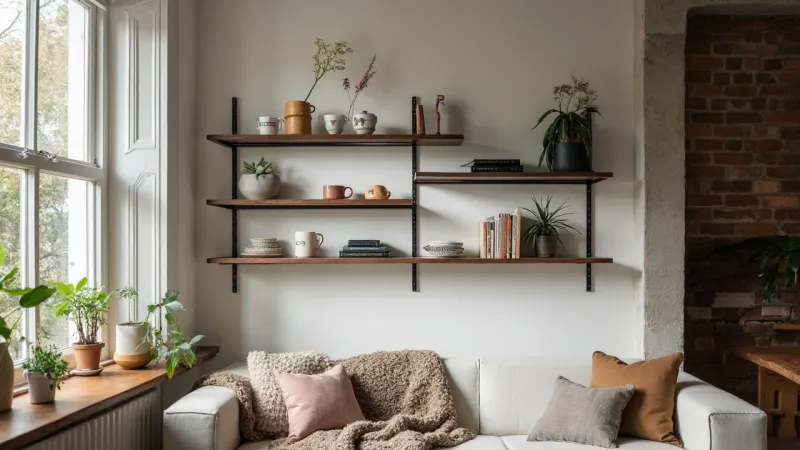
Lightweight floating shelves installed throughout kitchens and living spaces rank high on designers’ regret lists. The reality of these trendy storage solutions proved far less Instagram-worthy than anticipated when actually filled with everyday items.
Sagging became visible within weeks, even with minimal weight. Worse yet, the constant exposure to dust meant everything displayed required frequent cleaning turning what should be convenient storage into a maintenance burden. Designers now recommend being highly selective with open shelving, limiting it to display-only areas rather than primary storage.
Quality matters tremendously here investing in properly installed, substantial shelving with adequate support makes the difference between a lasting feature and a costly mistake that damages both your walls and the items it’s meant to hold.
11. Super Low-Slung Sofas
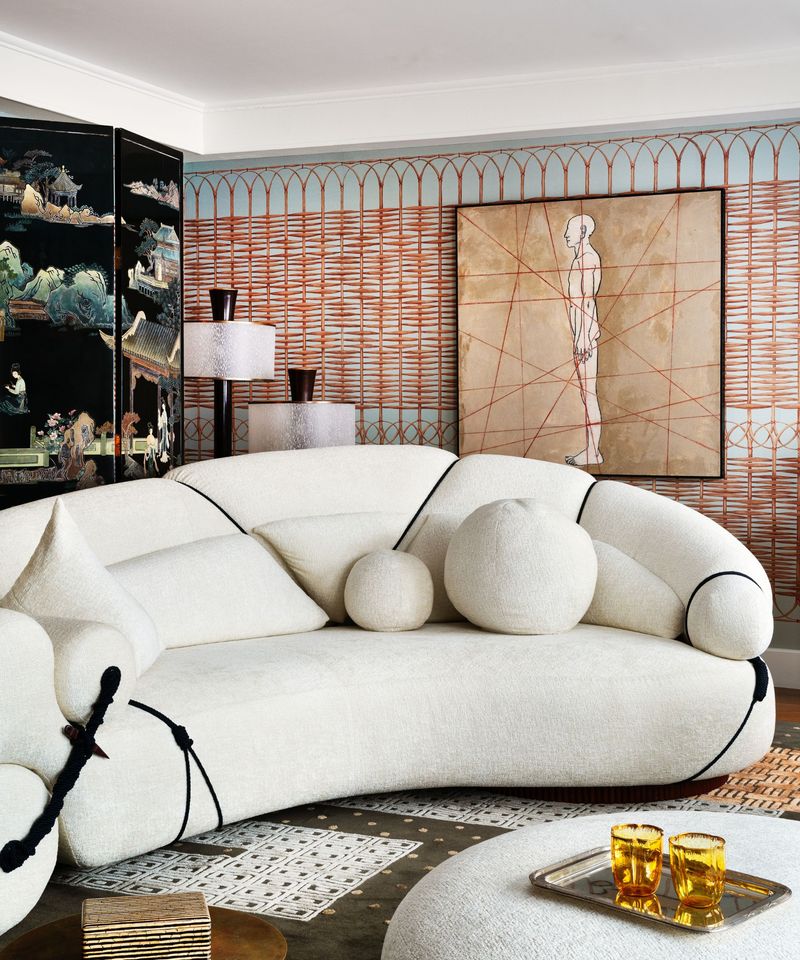
Ultra-low profile sofas that barely clear the floor have become the most regretted seating purchases among designers of all ages. What looked effortlessly cool in showrooms quickly revealed practical limitations in daily use.
Getting in and out of these minimalist pieces proves genuinely challenging, especially for guests with mobility concerns or after long days. Several designers admitted to avoiding their own living rooms after installing these trendy seating options.
The current direction favors finding balance between style and function sofas with reasonable seat heights (around 18-20 inches) that still maintain clean lines. This middle-ground approach ensures your furniture remains usable by everyone rather than becoming an uncomfortable art installation that family members actively avoid.
12. Acrylic Dining Chairs
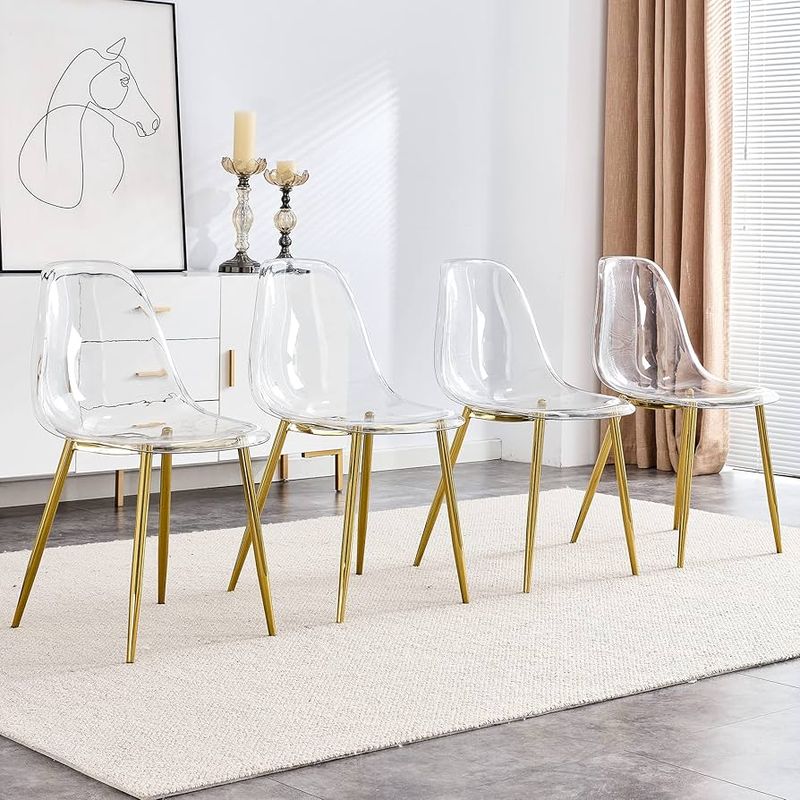
Those transparent “ghost chairs” that promised visual lightness have ghosted their way onto this year’s biggest regret list. Designers report widespread disappointment with these acrylic seating options that seemed so versatile in theory.
Scratch marks appear almost immediately, creating a cloudy, aged appearance within weeks of normal use. Comfort proves nonexistent during actual meals, with several designers mentioning clients who completely abandoned formal dining after installing these torture devices. For those still wanting visual lightness, designers now suggest slender-profiled wood or upholstered options that won’t show every fingerprint.
The most important lesson? Actually sitting in chairs before purchasing them a step surprisingly skipped when these transparent trendy pieces were ordered based solely on their photogenic qualities.
13. Boho Macramé Overload

Excessive macramé has become the texture designers most regret incorporating into their 2025 spaces. Those elaborate wall hangings, plant holders, and light fixtures that seemed so artisanal quickly transformed into dust-collecting nightmares.
Cleaning proved nearly impossible once these intricate pieces accumulated everyday dirt. Many designers reported clients discovering unwelcome insect residents making homes within the complex knots and fibers. The sustainable approach now favors incorporating just one statement textile piece rather than the floor-to-ceiling bohemian explosion that dominated early 2025 design.
This measured approach allows for appreciation of the craftsmanship without turning your home into a maintenance nightmare or creating the feeling of living inside an increasingly grimy fiber arts exhibition.
14. All-Mirrored Furniture Sets
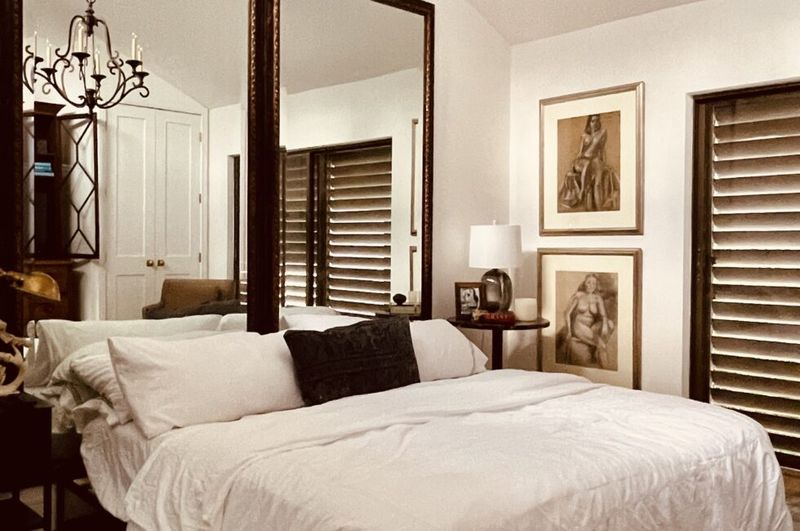
Fully mirrored bedroom sets and dining collections rank among the fastest-regretted purchases according to designers. The initial glamour of these reflective pieces quickly faded once installed in actual homes rather than showrooms.
Fingerprints require constant attention, and the reflective surfaces amplify every dust particle. Several designers mentioned clients who couldn’t sleep with bedside tables that caught and multiplied every light source throughout the night. If you still appreciate this aesthetic, designers suggest incorporating just one mirrored statement piece rather than creating a disorienting hall-of-mirrors effect.
This measured approach delivers the desired touch of glamour without the maintenance headaches or the dizzying visual confusion that comes from seeing yourself from unexpected angles while simply trying to eat dinner.
15. Ultra-Trendy Curved Furniture
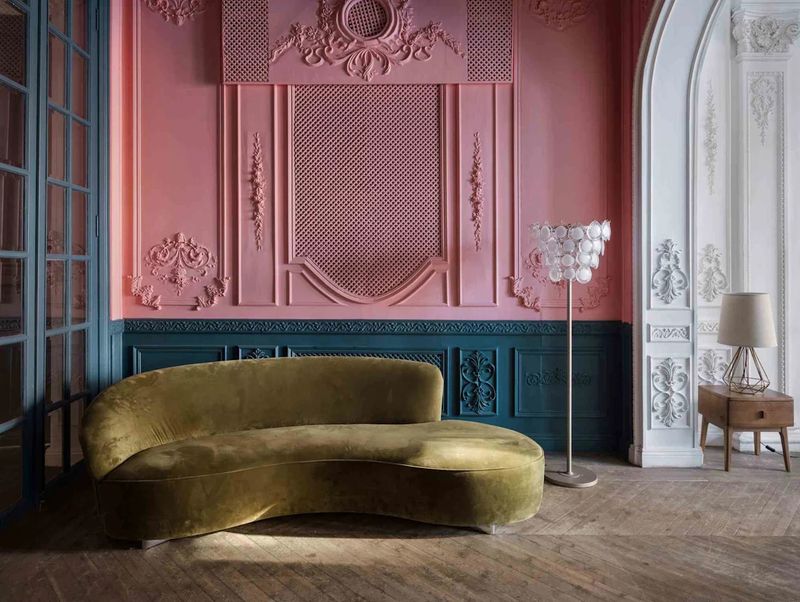
Those dramatically curved sofas and sculptural chairs that dominated design magazines early in the year have curved their way onto the regret list by summer. What looked revolutionary in concept proved impractical in execution. Arranging these non-linear pieces in actual rooms became a spatial puzzle that most designers admit never quite worked.
Many reported clients struggling to have normal conversations when seating positioned people at awkward angles to one another. Current wisdom suggests incorporating gentle curves rather than extreme shapes that dictate limited furniture arrangements.
This balanced approach allows for visual interest without sacrificing function. After all, even the most beautiful sofa fails if it makes comfortable interaction impossible or leaves unusable dead zones throughout your carefully planned living space.

